Leon Levy Native Plant Preserve
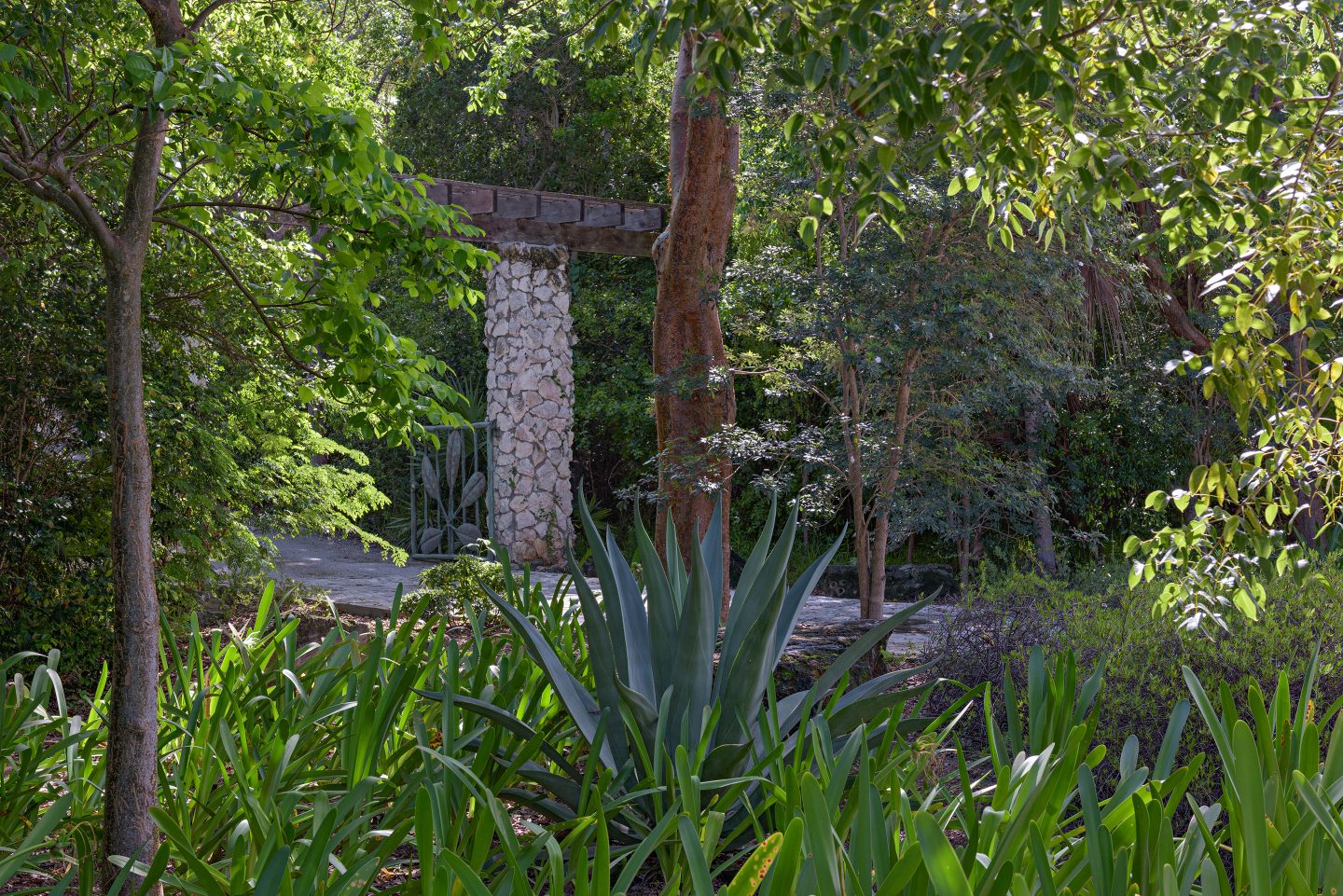
The first National Park on the island founded in 2006 was conceived in a culture of cooperation, collaboration, and enthusiasm. Jointly created by the Bahamas National Trust … Read More
The Leon Levy Native Plant Preserve was conceived in a culture of cooperation, collaboration, and enthusiasm. The Preserve is the fulfillment of the vision of longtime residents Leon Levy and Shelby White, who loved the natural environment and way of life on Eleuthera. After Leon Levy’s passing in 2003, Shelby White wanted to celebrate her husband’s devotion to the island while contributing to a better future for all Eleutherans.
This 30-acre preserve was jointly created by the Bahamas National Trust and the Leon Levy Foundation. The Bahamas National Trust is a science-based organization dedicated to effectively managing national parks to conserve and protect Bahamian natural resources. The Leon Levy Foundation is a private, not-for-profit foundation created from Leon Levy’s estate. These two organizations have now formed the first National Park on Eleuthera, a designated research center for traditional bush medicine, a facility for the propagation of indigenous plants and trees, and an educational center focusing on the importance of native vegetation to the biodiversity of the Bahamas.
The project’s primary focus was to raise awareness of Bahamian plant diversity and bush medicine, aligning with one of the six broad areas for the Leon Levy Foundation’s philanthropic legacy: Preservation of Nature and Gardens. The project was completed in two phases, both with similar concepts of expanding educational opportunities into the preserve.
The site is comprised mostly of elevated, rocky, dry forest, called coppice, and lower degraded areas that had been cultivated. The native ecology was being impacted by flourishing invasive, exotic trees and rubbish from an illegal, on-site dump.
Throughout Phase I, Jungles orchestrated the Preserve’s design and siting of main facility structures including a visitor center, educational pavilion, back of house operations center, and restrooms. In addition, he designed vehicular and pedestrian circulation and associated parking. There were extensive coppice restoration and the creation of ecosystem-driven gardens including bush medicine exhibition gardens. Phase I also laid the foundation for the visitor experience throughout the preserve, utilizing existing saltwater marsh with a mature stand of red mangroves, secondary dune, and the native coppice, as highlighted ecosystems.
The arrival experience is richly defined by local limestone border walls, built by local masons, and an overhead pergola. Visitors pass over an ancient dune, down to the low lands to a parking area, planted to feel like it was etched out of an existing coppice. The procession to the visitor center is mysterious, as one must wind through a seemingly pre-existent coppice. The visitor center structure was conceived by Jungles to be a portal to the Preserve gardens. This visitor’s center was in the vicinity of the illegal dump. The dump was excavated, removing all rubbish, revealing the textured surface of an ancient reef cap. The existing coconut palms, which had sprouted from dumped yard waste, were silent witnesses of the past, but now have a voice in the Preserve’s regeneration.
As one passes through the building, from garden to garden, the space is enlivened by a cascade of recirculating water down the face of the ancient dune. The water cascade splashes into a lagoon created through the excavation of the dump, below the water table. Soon after its creation, the lagoon was happily inhabited by birds and dragonflies.
After circumnavigating the lagoon and crossing the watercourse, the path descends to a boardwalk that passes through a red mangrove stand. Across the boardwalks are a series of bush medicine exhibitions. The Education Pavilion, the departure point for nature trails, is a flexible structure that provides shelter for outdoor classroom lessons, weddings, and other group gatherings. More bush medicine exhibitions occur along open space trails past the education pavilion if one prefers to return to the visitor center. All trail systems lead to the visitor center as well as a dramatic viewing tower sited by the Bahamas National Trust botanist, Dr. Ethan Freid. Great vistas from the viewing tower across the immense Bahamian Coppice are celebrated.
Phase II aspired to feature other Bahamian ecosystems and make additional educational opportunities available to the Preserve visitors. Major new additions included a native plant propagation center, designed by the landscape architect, a freshwater wetland created from a pre-existent agricultural cistern, and a historical agricultural exhibition garden located on the site’s most fertile soils, made rich from eons of rainwater erosion from higher ground. Phase II also incorporated the careful excavation of underground formations of limestone oxidized through rainwater erosion, exposing hidden site geology to visitors.
By the end of Phase II, twenty percent of the Preserve had been restored to native vegetation and converted into accessible gardens. It has become a sanctuary for humans, animals, and insects. The public has embraced the Preserve, and record numbers of visitors are propagating awareness of this native oasis. Jungles found the project rewarding, collaborating with a variety of stakeholders, including the local community to unearth the best solutions to the project’s challenges. He is now designing Phase III, an additional 5-acres of land, which will include an expanded visitor center, sleeping facilities for students and scientists, faculty lodging, maintenance and administrative facilities, an event pavilion, an event lawn a water garden, and many new trail systems.
In April 2019, the Leon Levy Native Plant Preserve became the first institution in the Bahamas to be designated an accredited botanic garden by Botanic Gardens Conservation International. This tier of accreditation recognizes institutions for their achievements in plant conservation.
Year of Completion
2013
Location
Eleuthera, Bahamas
Client
The Bahamas National Trust and the Leon Levy Foundation
Botany Consultant
Ethan H. Freid Ph.D
Architect
Plan It Bahamas
General Conractor
Sagoma Construction International
Photography
Stephen Dunn Photography
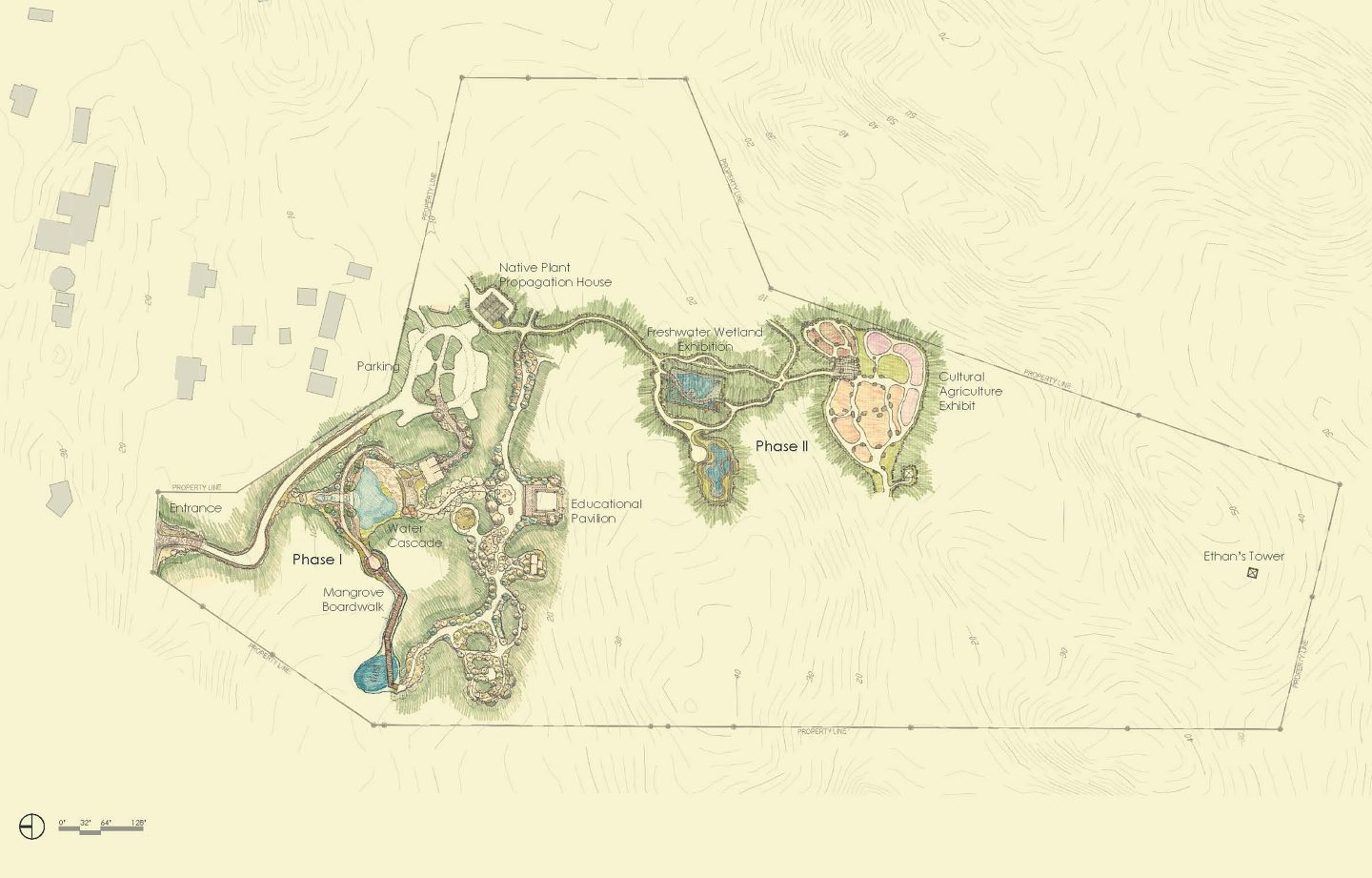

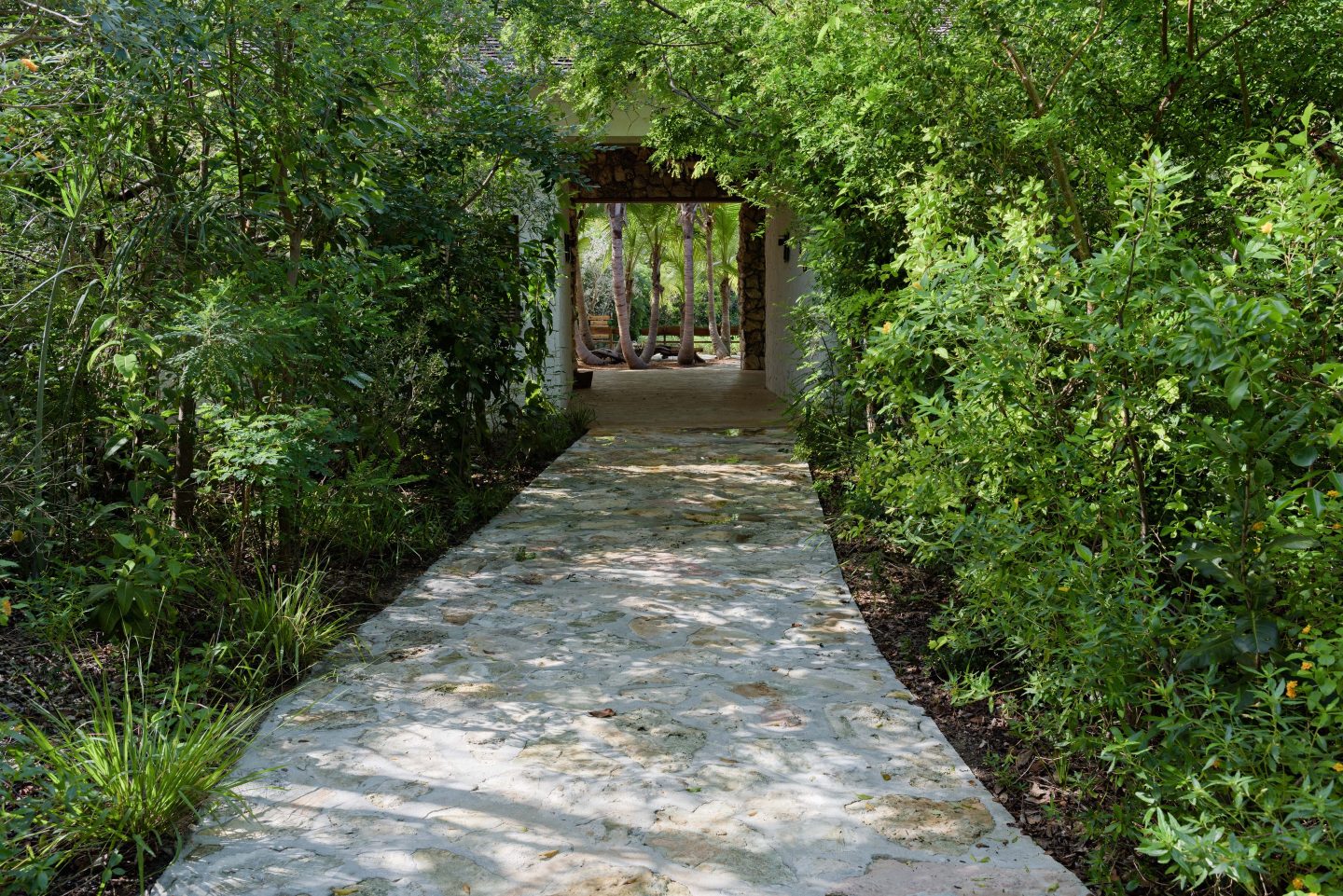
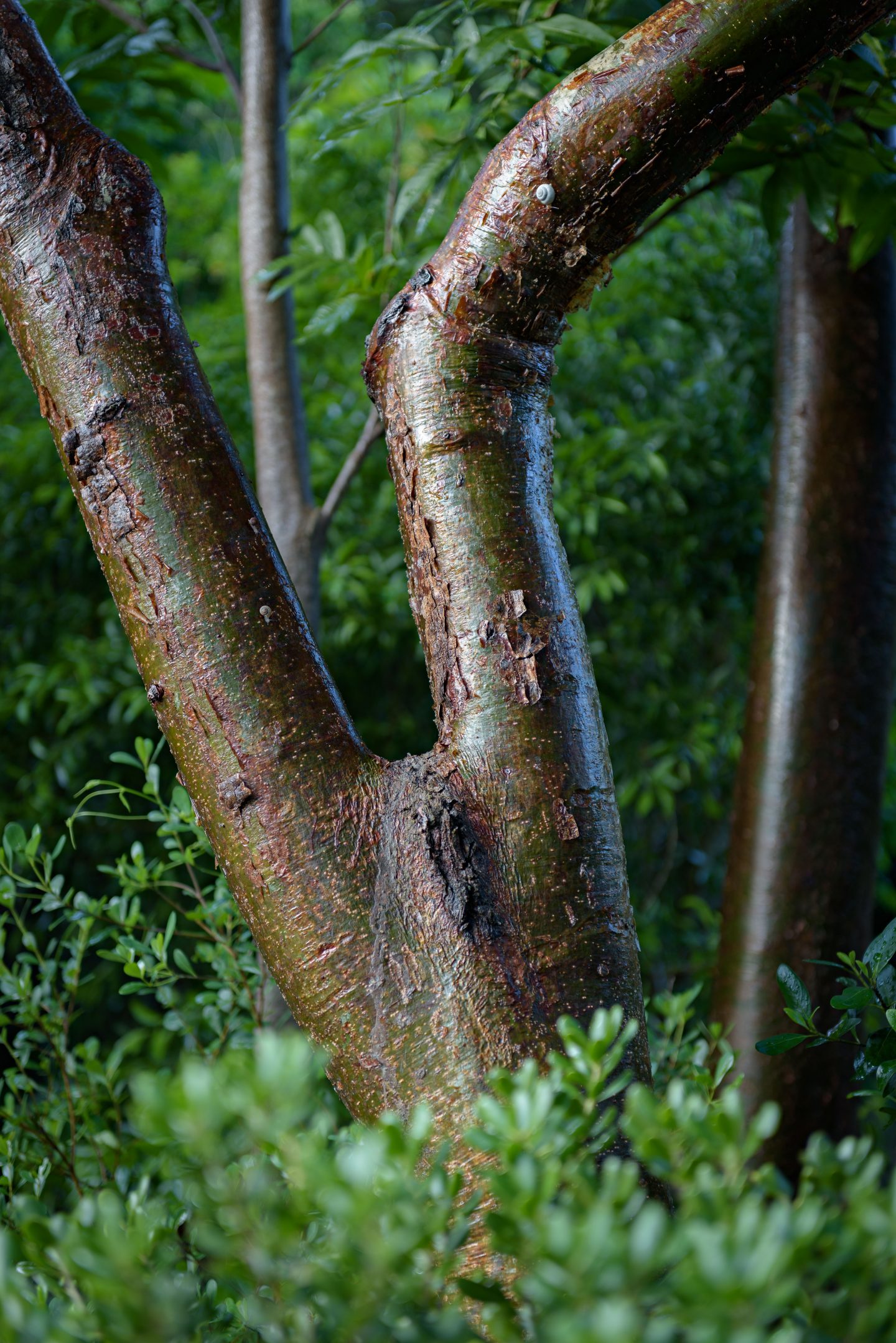

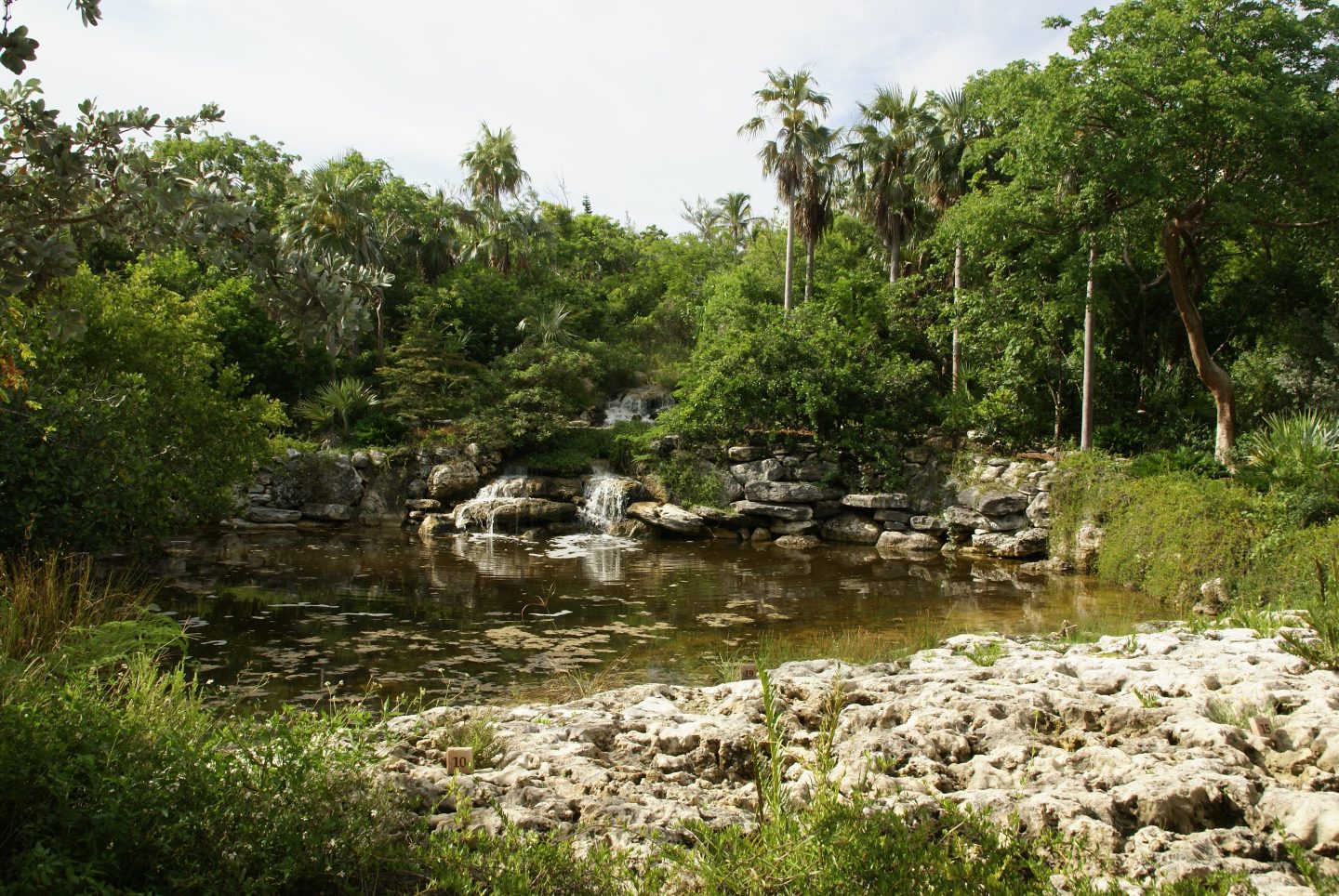
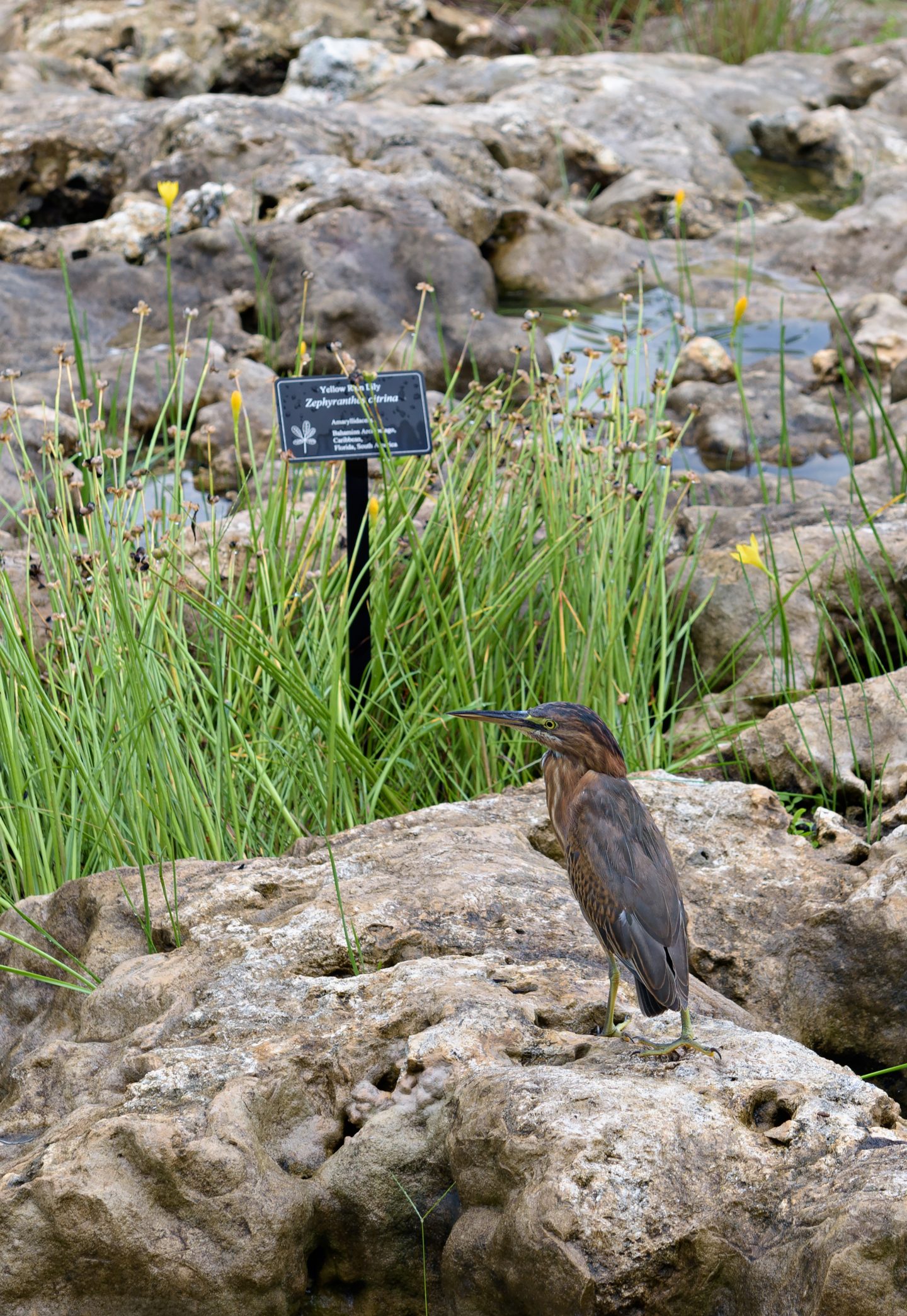
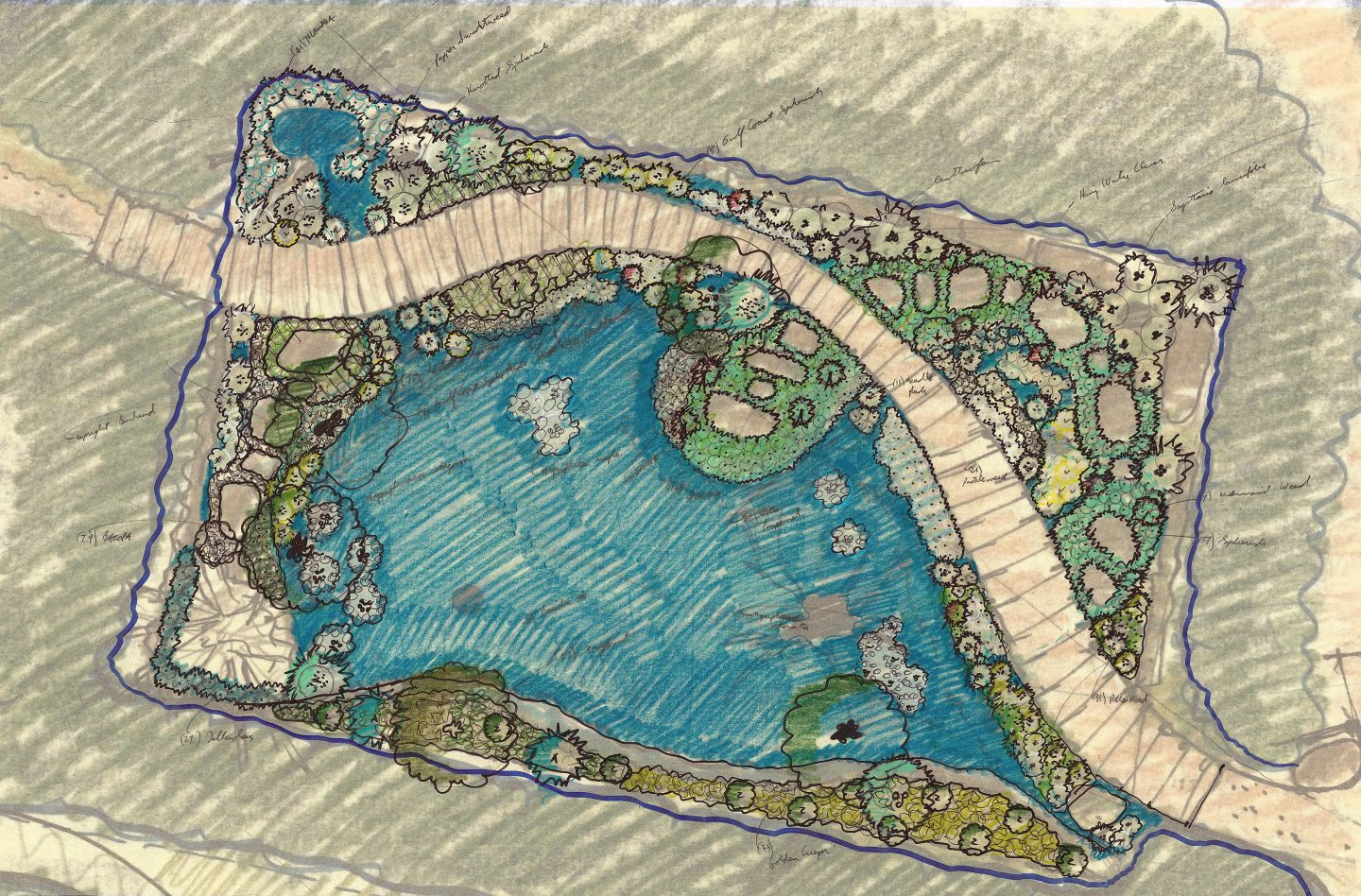
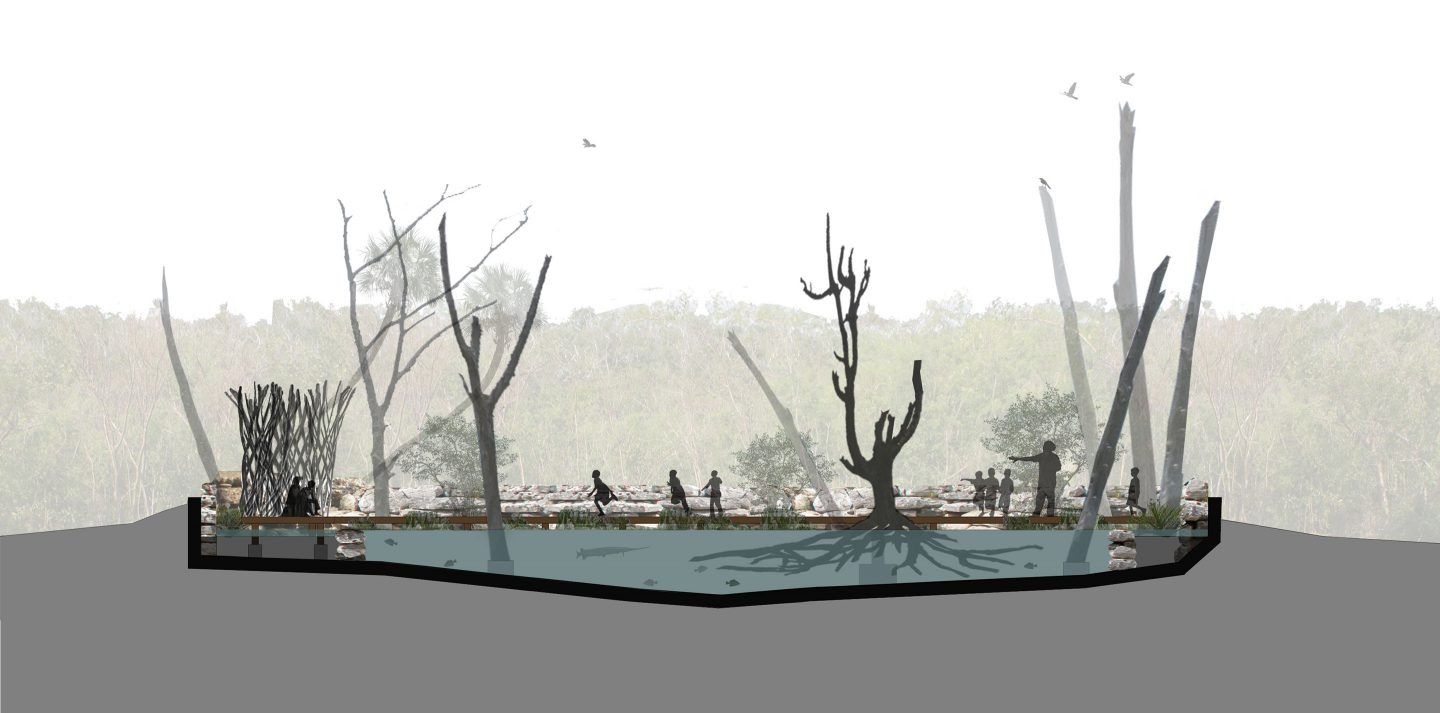
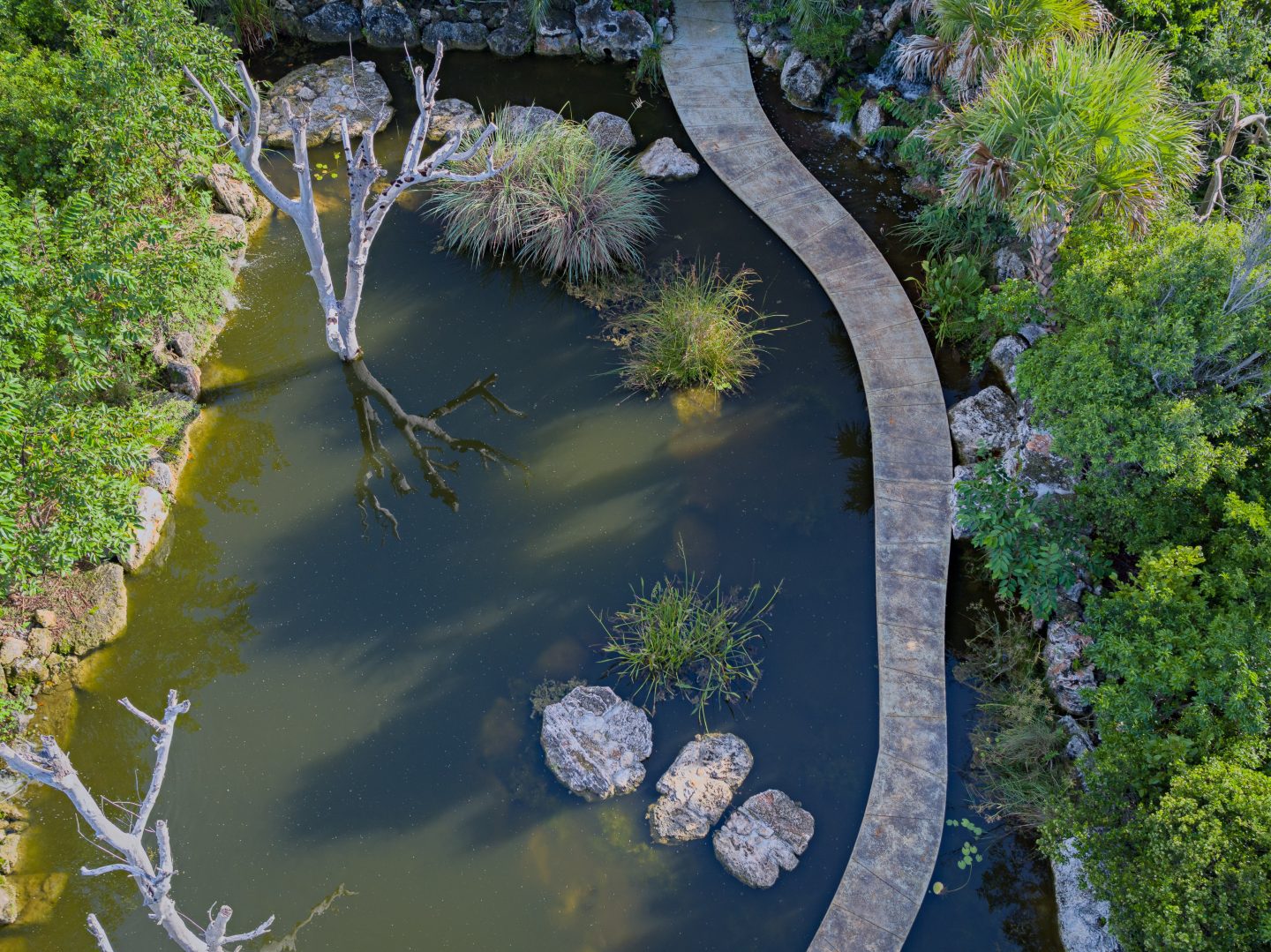
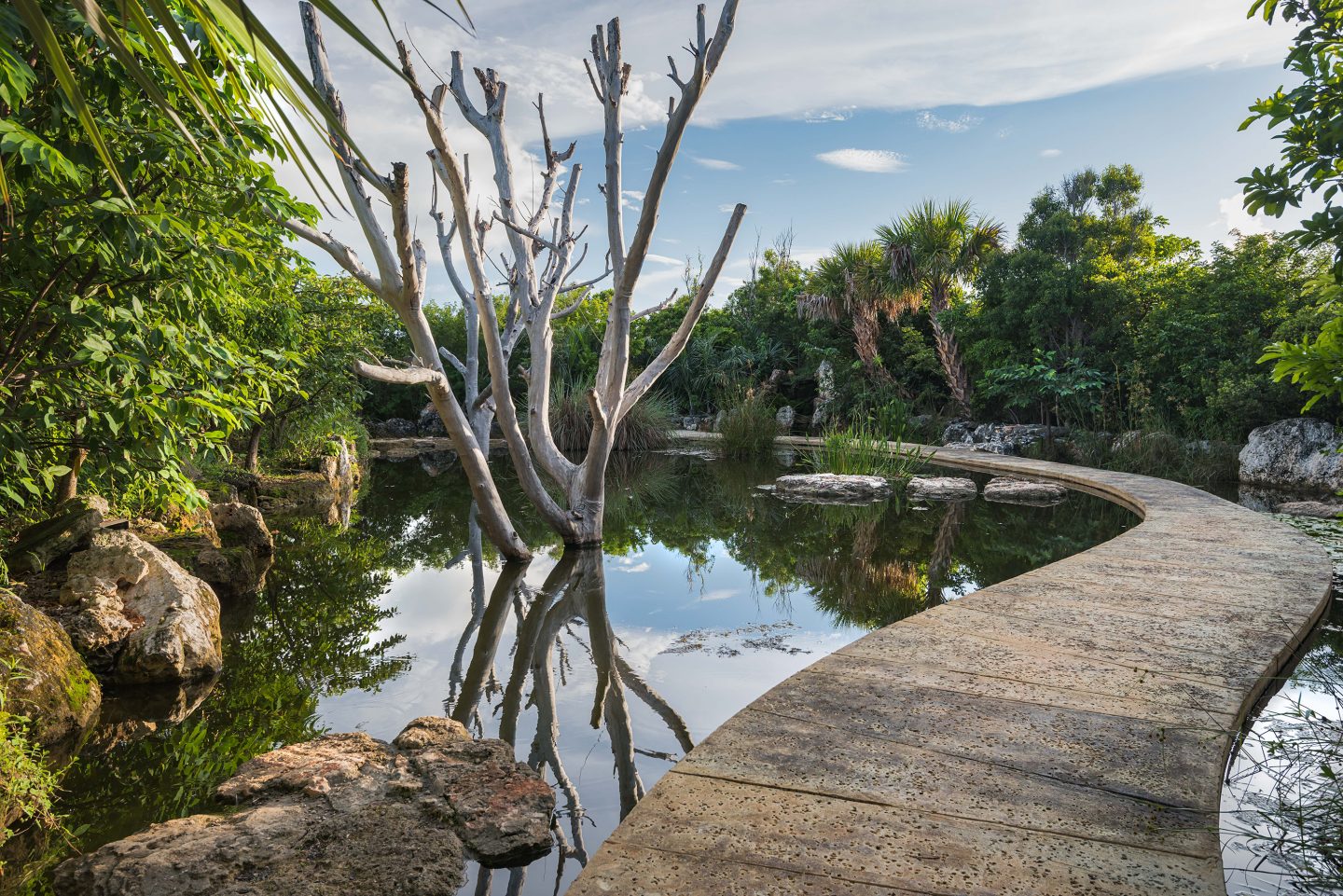
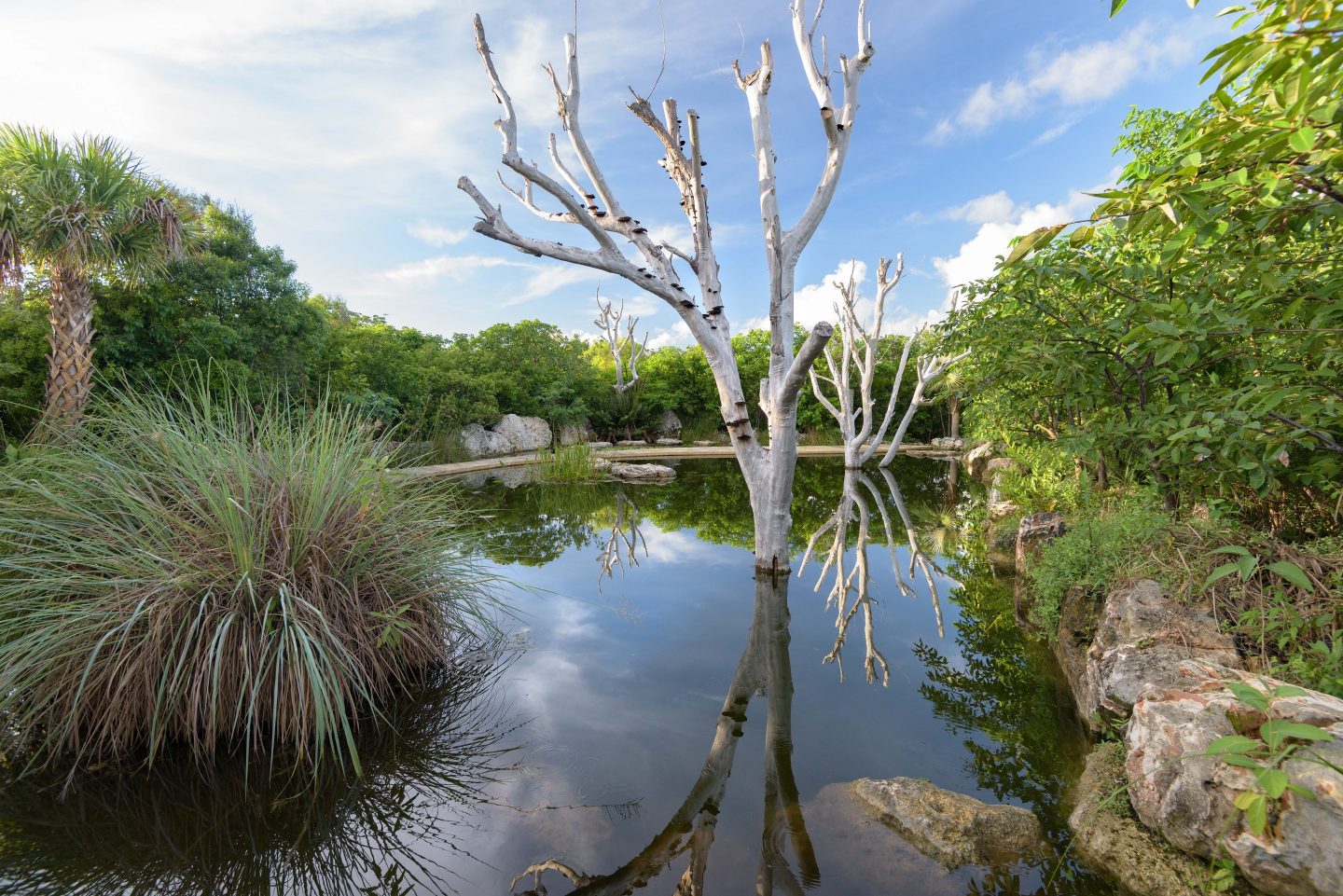
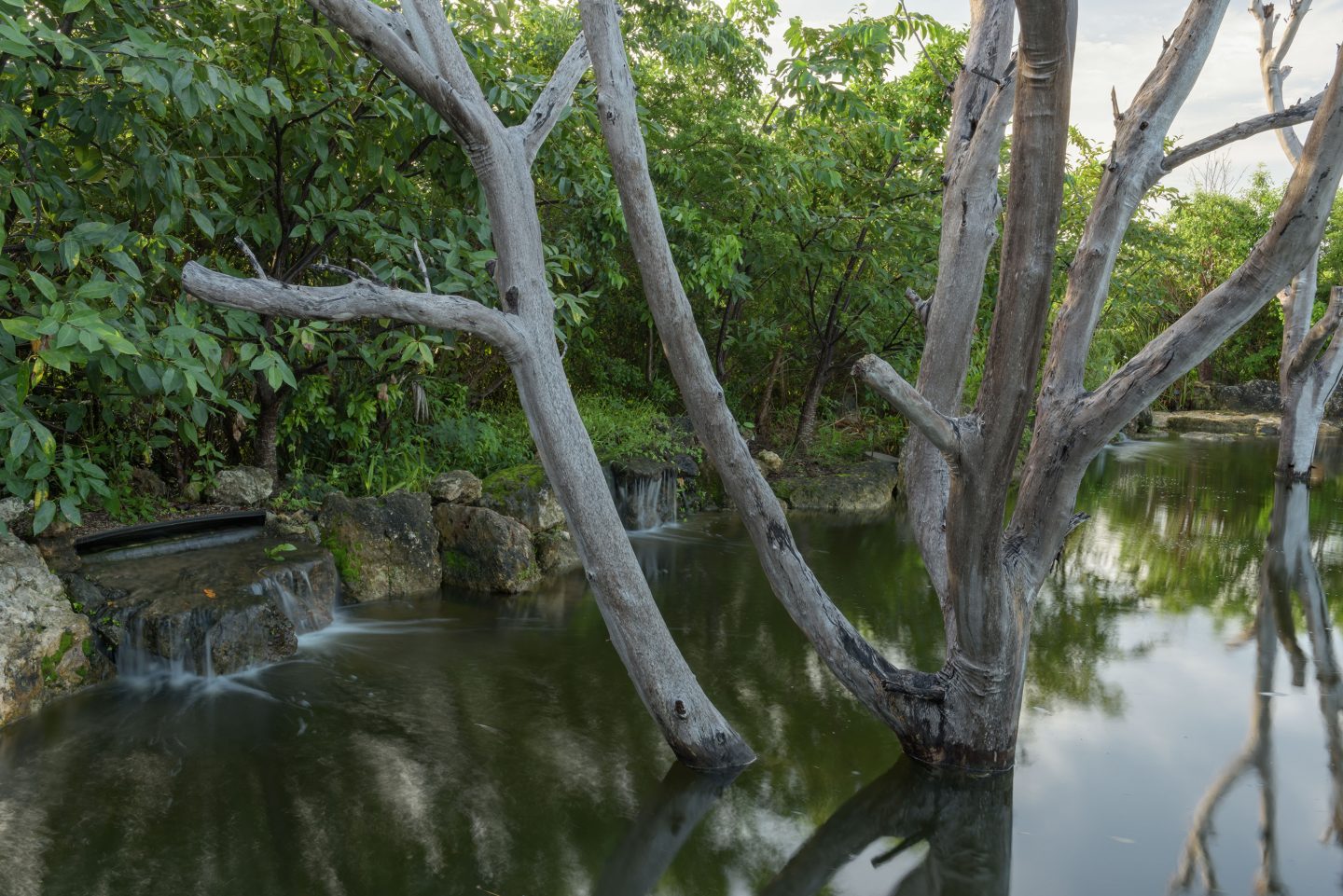

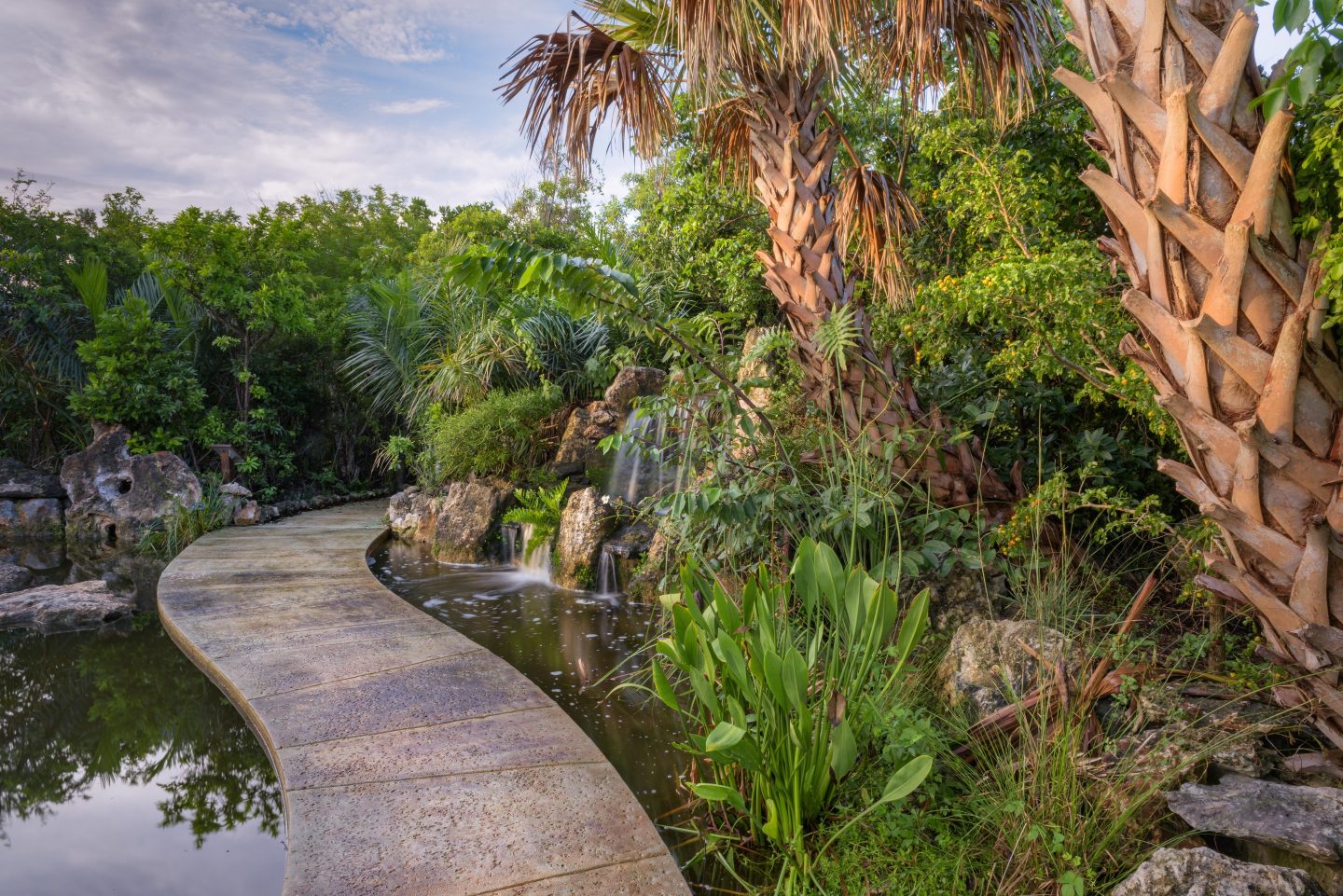
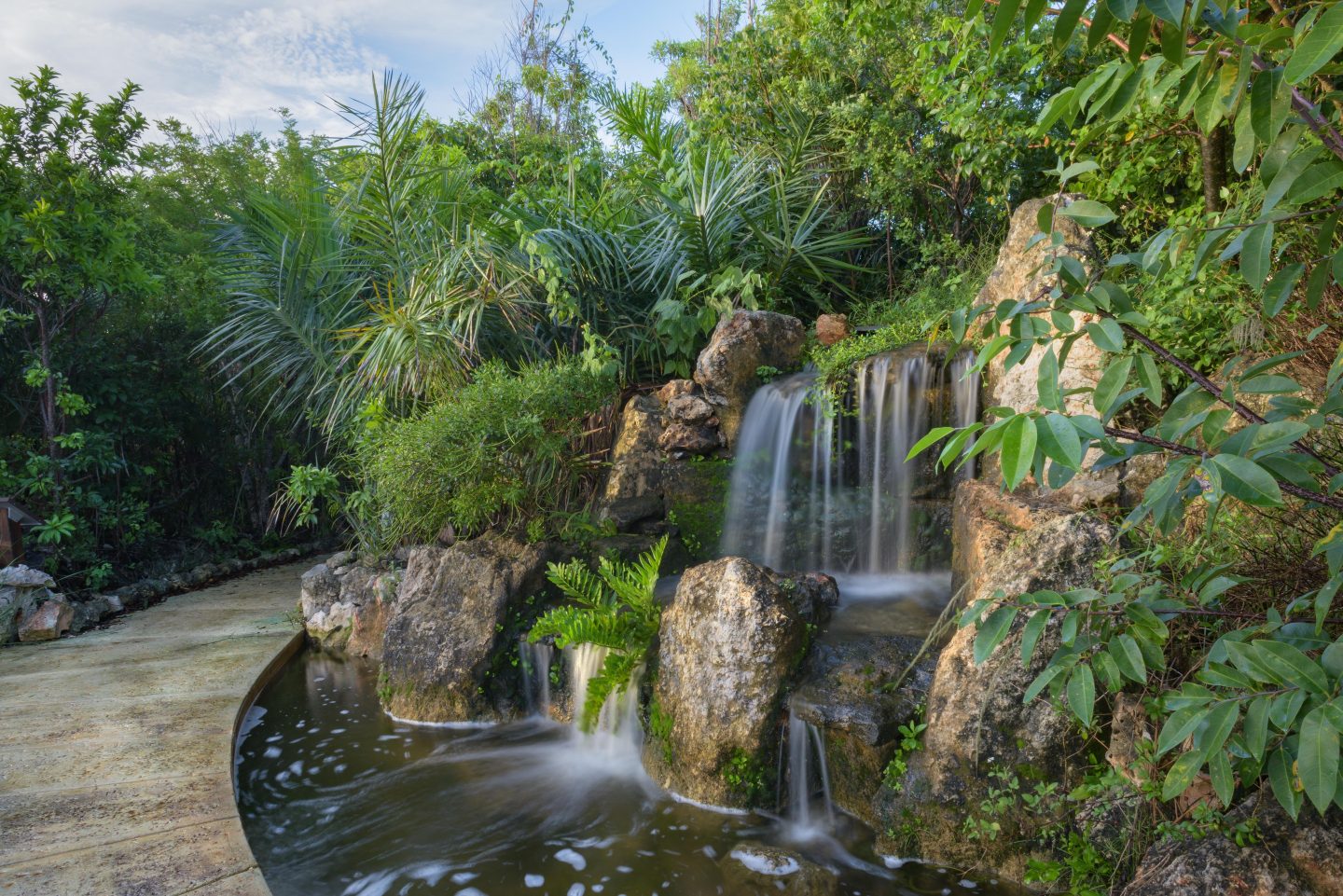
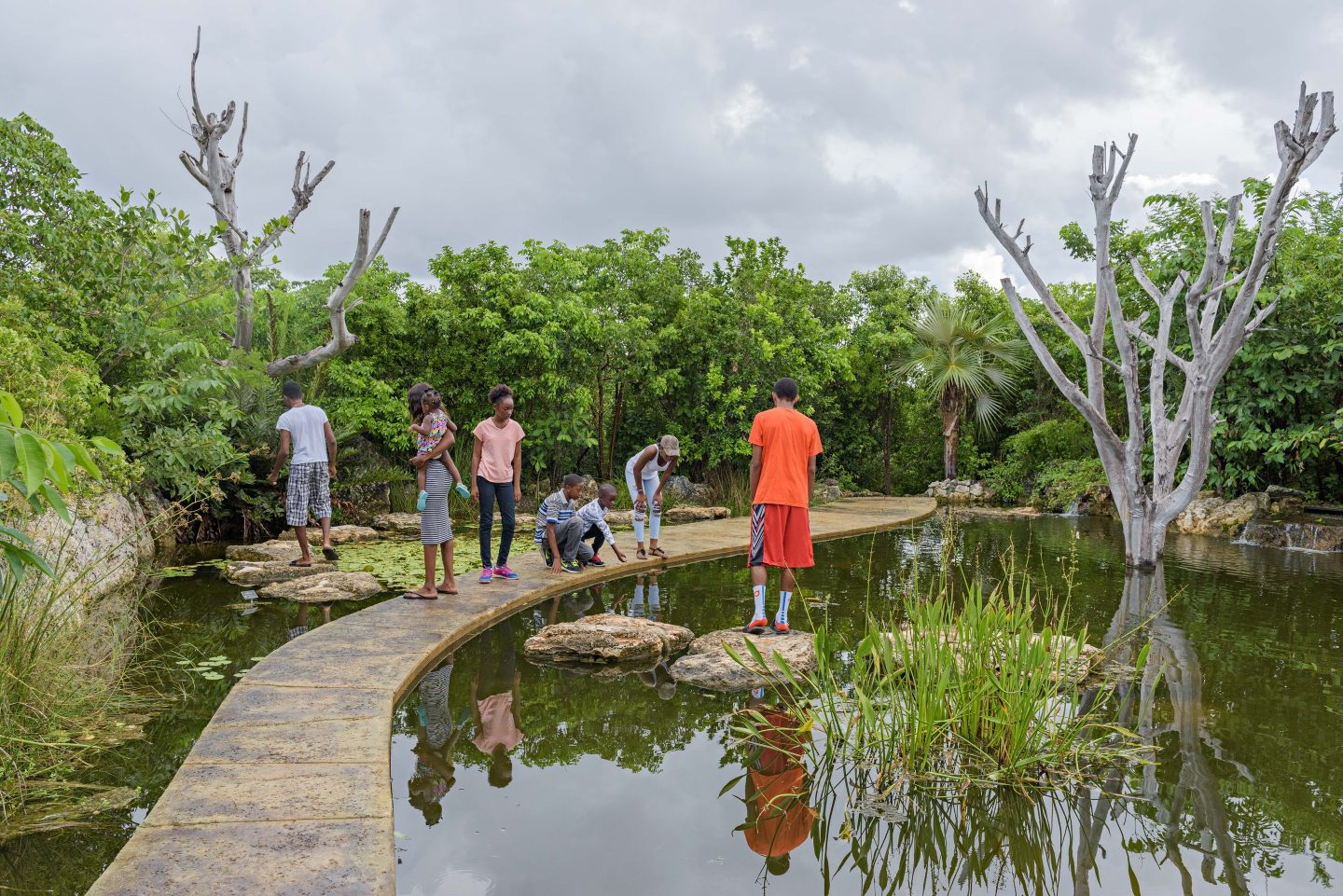
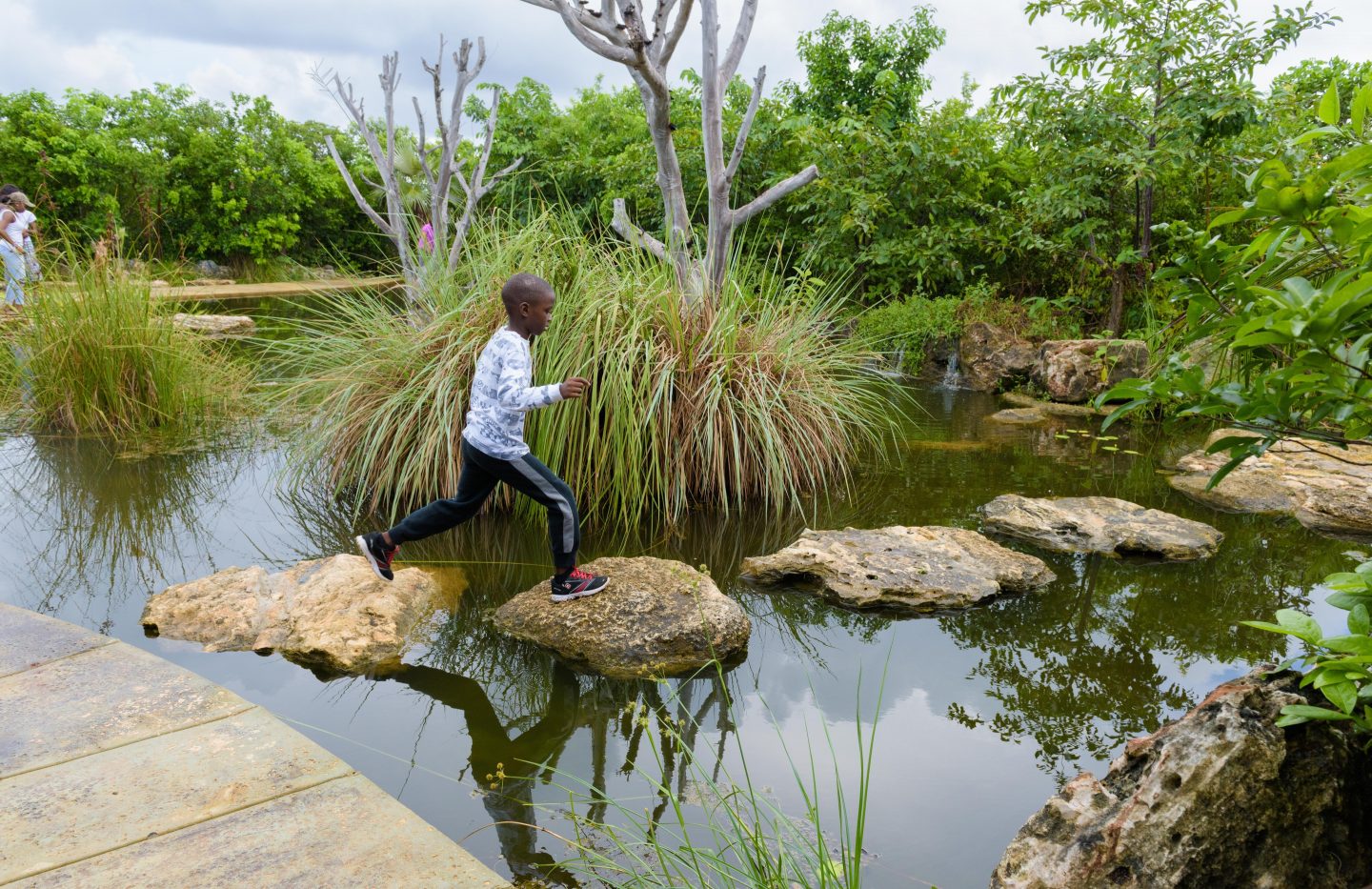

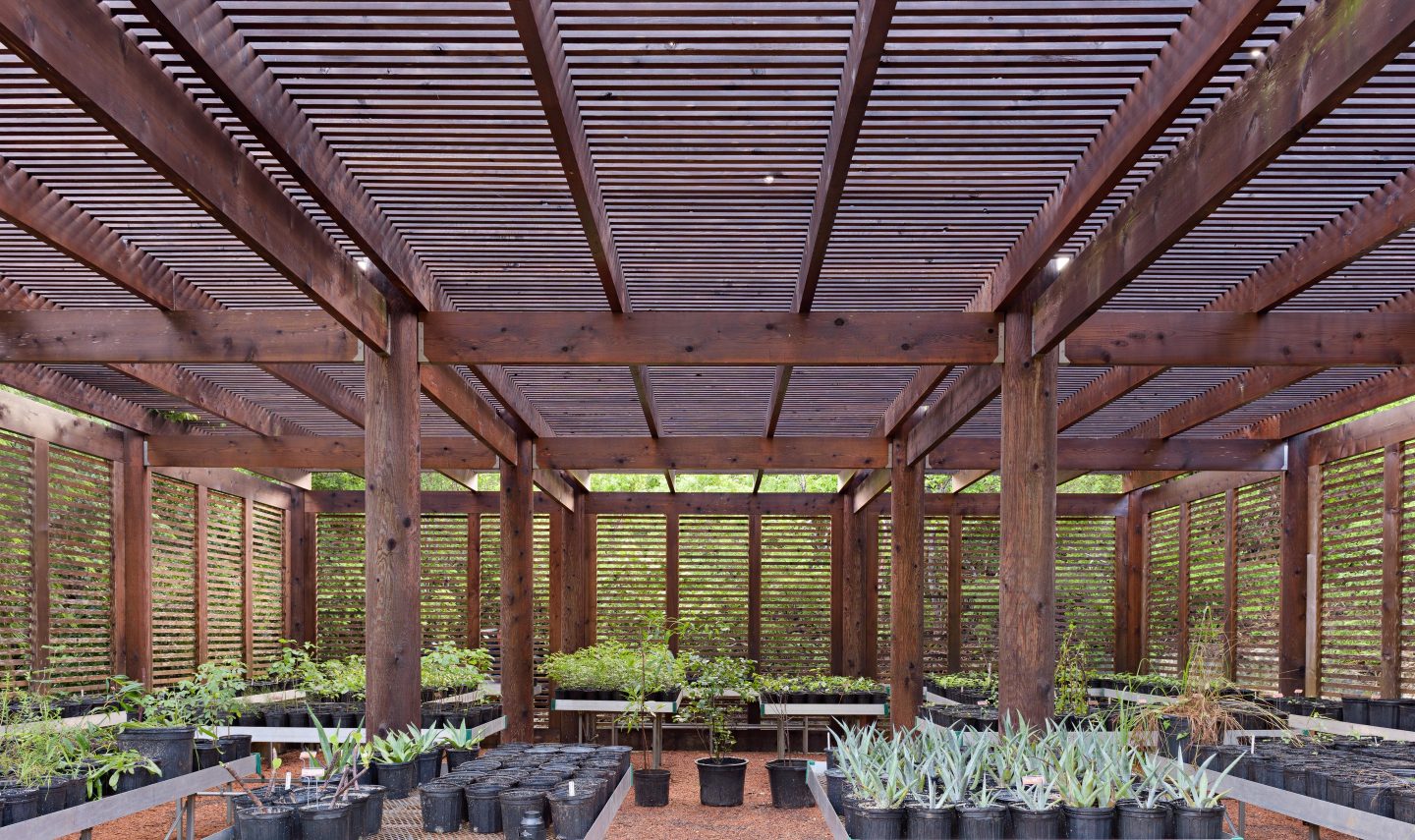
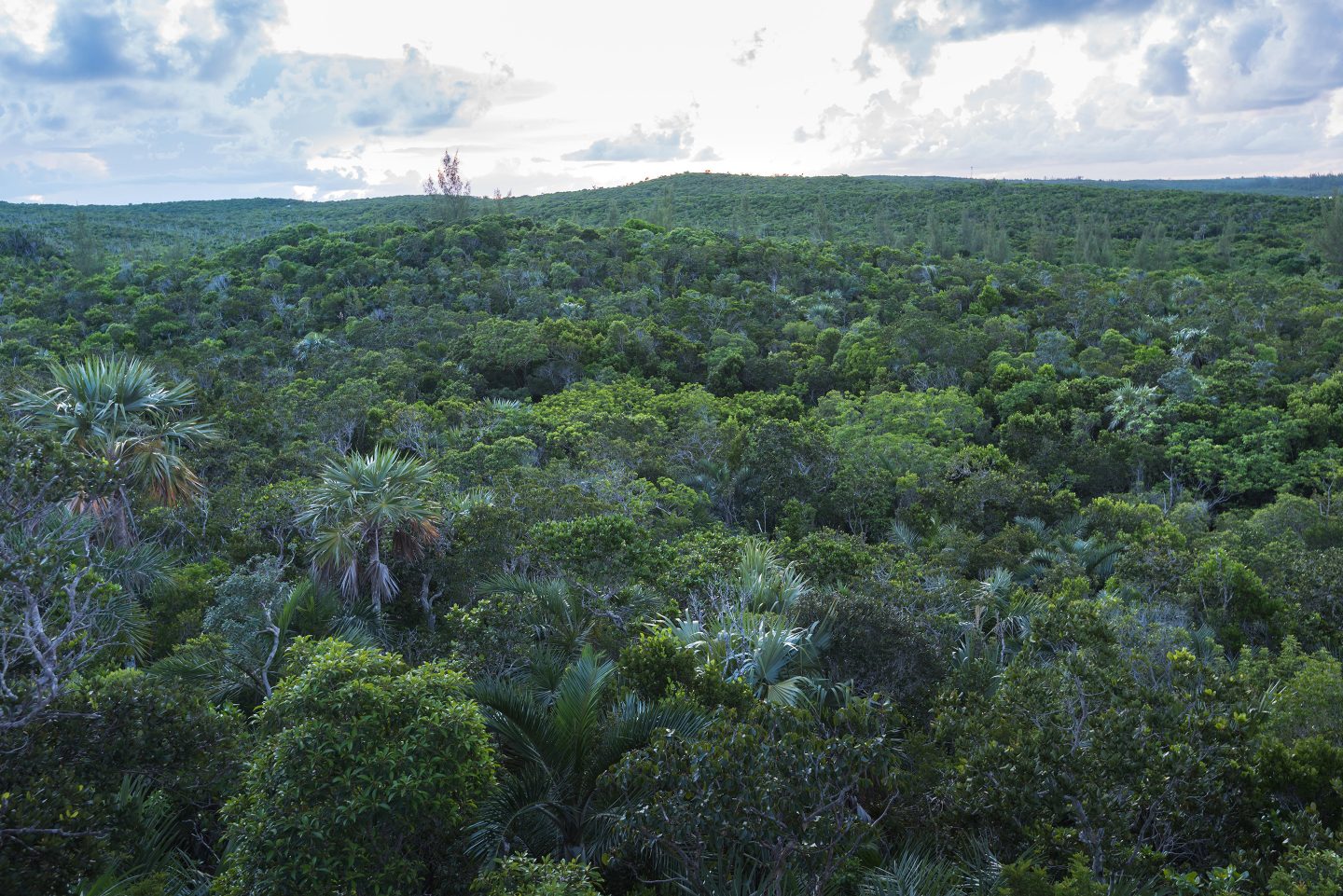
Previous
1111 Lincoln RoadNext
Brazilian Garden at Naples Botanical Garden
